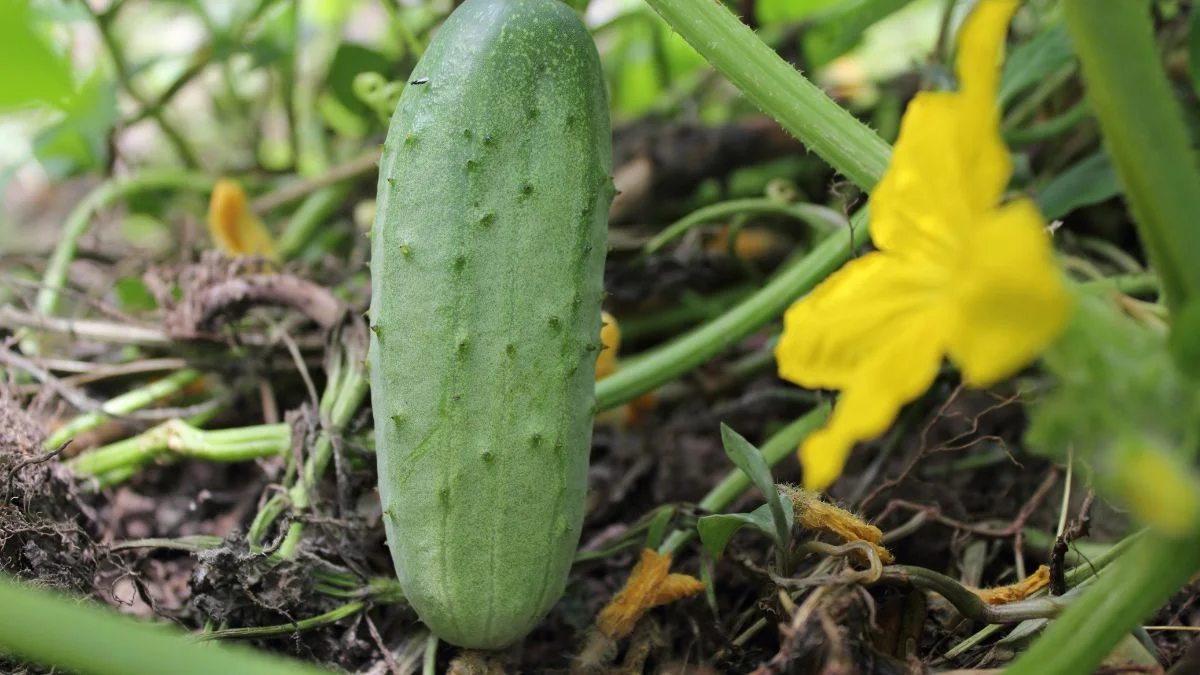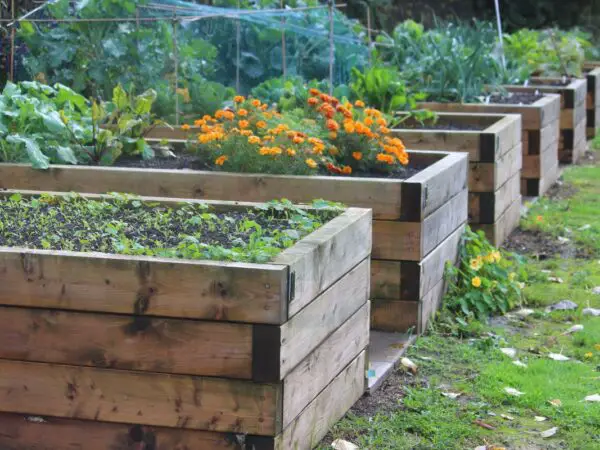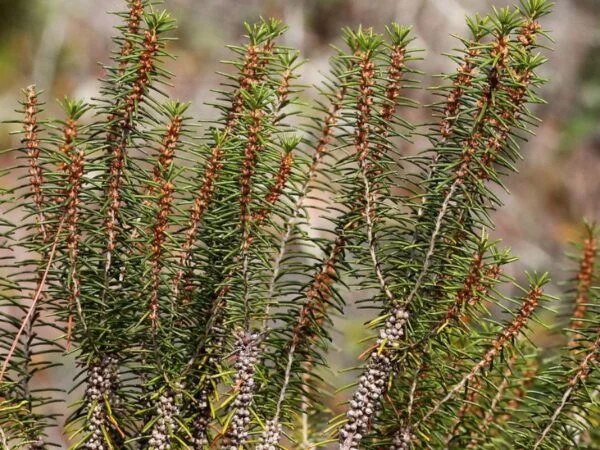Curious about the timeline for growing cucumbers? Wonder no more! The journey from seed to harvest is an exciting one that can vary based on several factors. Factors like cucumber variety, weather conditions, and care practices influence how long it takes to grow these crisp veggies. Typically, cucumbers take around 50 to 70 days to reach maturity, ready for picking. However, with the right conditions and care, you might see your first cucumber in as little as 50 days!
Embark on this cucumber-growing adventure armed with knowledge of what to expect along the way.
Understanding Cucumber Growth
Growth Stages Overview
Cucumbers progress from seedlings through distinct growth stages, including cotyledons, to female harvest. Initially, cucumber seeds germinate within 7-14 days after planting. As the plants grow, they develop vines that spread out and produce flowers. These flowers then transition into small cucumbers within a few weeks.
Moreover, the small cucumbers gradually increase in size and reach maturity in approximately 50-70 days depending on the cucumber variety. Once mature, cucumbers are ready for harvesting. It's crucial to recognize these key phases to optimize cultivation practices.
Seed Selection
When selecting cucumber seeds, consider the desired maturity time that aligns with your gardening schedule. Different cucumber cultivars have varying days to maturity, ranging from 50 to 70 days. Choose seeds based on your preference for early or late harvests.
Certain cucumber varieties are bred for specific purposes such as pickling or slicing. By selecting the right seeds, you can ensure a bountiful harvest that meets your culinary needs. Choosing suitable seeds is essential for successful cucumber growth.
Sowing Process
To kickstart the growth process, it's crucial to sow cucumber seeds correctly. Plant seeds at an optimal depth of around 1 inch in well-draining soil with sufficient sunlight exposure. Ensure proper spacing between seeds to allow each plant ample room to thrive.
Furthermore, maintaining consistent moisture levels is vital for seed germination and subsequent plant development. By following these best practices, you can increase the likelihood of successful cucumber growth and abundant yields.
From Seed to Harvest
Germination Time
Cucumber seeds typically germinate within 7-10 days, depending on factors like temperature and moisture. Monitoring environmental conditions such as consistent warmth is crucial for successful seed germination. Ensuring optimal moisture levels by keeping the soil moist but not waterlogged is essential.
Vegetative Phase
During the vegetative growth stage, cucumber plants focus on developing leaves and stems. It's important to observe this stage closely to ensure proper growth. Providing adequate water and nutrients, such as a balanced fertilizer, supports healthy development. Supporting leaf and stem development is critical for robust plant growth.
Flowering and Fruiting
As cucumber plants transition from vegetative growth to flowering, it's crucial to recognize this shift. Understanding the importance of pollination in fruit development is key to a successful harvest. Monitoring flower formation and fruit set helps in ensuring a bountiful yield.
Timeline of Growth
Key Milestones
Cucumber plants typically germinate within 7-10 days after planting the seeds in warm soil. The first true leaves emerge shortly after, signaling the start of photosynthesis. As the plant grows, it undergoes flowering, a crucial stage where pollination occurs to set fruit. This process usually happens around 40-50 days after planting.
During the fruit set phase, small cucumbers begin to form and grow rapidly. It's essential to provide adequate water and nutrients during this period to support healthy fruit development. Vine development follows, with cucumber plants producing long, sprawling vines that require support for optimal growth.
Monitoring these milestones allows growers to anticipate the harvest time accurately. By keeping track of flowering, fruit set, and vine growth, you can estimate when your cucumbers will be ready for picking. Paying close attention to these stages ensures a successful harvest.
Harvest Time
The ideal time to harvest cucumbers varies depending on the specific variety being grown. For slicing cucumbers, harvesting is recommended when they reach 6-8 inches in length for best flavor and texture. Pickling cucumbers are typically harvested when they are 3-4 inches long.
To ensure high-quality produce, use proper harvesting techniques such as cutting the stem above the cucumber with a sharp knife or scissors. Avoid pulling or twisting the fruit off the vine, as this can damage both the cucumber and the plant.
After harvesting, it's crucial to store cucumbers correctly to maintain their freshness and flavor. Store them in a cool, dry place away from direct sunlight. Refrigeration can help extend their shelf life but avoid storing them near fruits that produce ethylene gas, which can cause cucumbers to spoil faster.
Optimizing Growth Conditions
Climatic Needs
Cucumbers thrive in warm temperatures, ideally between 70-85 degrees Fahrenheit. They require at least 6-8 hours of direct sunlight daily for optimal growth. Adjusting cultivation practices according to seasonal climate changes is crucial for successful cucumber production.
Soil Quality
Assess the soil quality by checking drainage, texture, and fertility levels before planting cucumbers. Improving soil fertility through compost or organic matter boosts nutrient availability for cucumber plants. Maintaining a soil pH level between 6.0-7.0 is essential to prevent nutrient deficiencies in cucumbers.
Fertilization Techniques
Applying balanced fertilizers with nitrogen, phosphorus, and potassium promotes robust cucumber growth. Understanding the specific nutrient needs of cucumbers helps in selecting appropriate fertilizers. Establishing a fertilization schedule ensures consistent nutrient supply for healthy fruit development.
Enhancing Cucumber Cultivation
Cultural Practices
Cucumber plants benefit from pruning to remove excess foliage, allowing better air circulation and sunlight penetration. Trellising supports vine growth, prevents rotting, and makes harvesting easier. These practices contribute to healthier plants and higher yields.
To combat pests and diseases, employ cultural methods like handpicking insects and using organic sprays. Regularly inspect plants for signs of infestation or infection to take immediate action. By integrating these practices, you can minimize chemical pesticide use.
Crop rotation is crucial in preventing soil-borne diseases in cucumber cultivation. Rotate crops yearly to disrupt pest cycles and maintain soil fertility. Companion planting with herbs like basil or marigold can deter pests and enhance growth by attracting beneficial insects.
Cultivar Selection
Select cucumber cultivars based on their days to maturity, ensuring they align with your growing season length. Consider the desired characteristics such as taste, texture, and appearance when choosing a cultivar. Opt for varieties with disease resistance to reduce the risk of plant infections.
When exploring different cucumber cultivars, prioritize those that meet your preferences in terms of flavor profile and size. Experimenting with various types of cucumbers can lead to a diverse range of shapes, colors, and tastes in your harvest. This diversity adds excitement to your gardening experience.
- Pros of Cultural Practices:
- Promotes plant health
- Reduces reliance on chemical pesticides
- Enhances crop yield
- Cons of Cultivar Selection:
- Requires careful monitoring for disease resistance
- May involve additional research on optimal cultivars
- Benefits of Crop Rotation:
- Prevents soil depletion
- Minimizes disease outbreaks
Accelerating Growth
Growth Tips
To maximize cucumber growth and yield, ensure the plants receive adequate sunlight, at least 6-8 hours daily. Proper spacing between plants, about 36 inches apart, promotes healthy growth. Implement a consistent watering schedule to keep the soil moist but not waterlogged.
Feeding your cucumber plants with a balanced fertilizer high in nitrogen can boost their growth. Regularly check for signs of pests like aphids or diseases such as powdery mildew. Apply organic solutions like neem oil or insecticidal soap to combat these issues effectively.
Early Harvest Strategies
For early harvesting, choose cucumber varieties known for their quick maturity, like 'Early Pik' or 'Bush Champion.' Early harvests allow you to enjoy fresh cucumbers sooner but might result in smaller fruits than waiting for full maturity. To encourage early fruit production, pinch off the first flowers to divert energy towards fruit development.
Implementing techniques like using row covers or cloches can help protect young cucumber plants from cold temperatures, enabling an earlier planting date. However, be cautious of potential challenges such as reduced yields due to premature harvesting. Consider staggering plantings to extend the harvest period.
Final Remarks
Now that you understand the ins and outs of cucumber growth, from planting to harvest and everything in between, you're well-equipped to optimize your cultivation process. By following the timeline of growth, optimizing conditions, and implementing strategies to accelerate growth, you can ensure a bountiful cucumber harvest. Remember, consistency is key when it comes to caring for your cucumber plants. Stay attentive to their needs, provide the right environment, and watch them thrive.
Take the knowledge you've gained here and put it into action in your own garden. Experiment with different techniques, keep track of what works best for your cucumbers, and enjoy the fruits of your labor. Happy growing!
Frequently Asked Questions
How long does it take for cucumbers to grow from seed to harvest?
Cucumbers typically take about 50 to 70 days from planting to harvest. This timeframe can vary slightly based on the cucumber variety and growing conditions.
What are the key stages in the timeline of cucumber growth?
The key stages in cucumber growth include germination (7-14 days), vine growth and flowering (3-4 weeks), fruit development (2-3 weeks), and finally, harvesting when the cucumbers reach maturity.
How can I optimize growth conditions for my cucumber plants?
To optimize growth conditions for cucumbers, ensure they receive full sun, consistent watering, well-draining soil rich in organic matter, support for climbing vines, and regular fertilization with a balanced fertilizer.
What are some ways to enhance cucumber cultivation for better yields?
Enhance cucumber cultivation by mulching around plants to retain moisture and suppress weeds, providing trellises or cages for vertical growth, hand-pollinating flowers if necessary, and monitoring for pests/diseases regularly.
Are there methods to accelerate the growth of cucumbers?
While you cannot drastically speed up cucumber growth, you can provide optimal conditions such as warm temperatures (around 70-90°F), adequate sunlight, proper watering without overwatering, and using nutrient-rich soil to help promote healthy and faster growth.
Image Source: Paid image from CANVA




